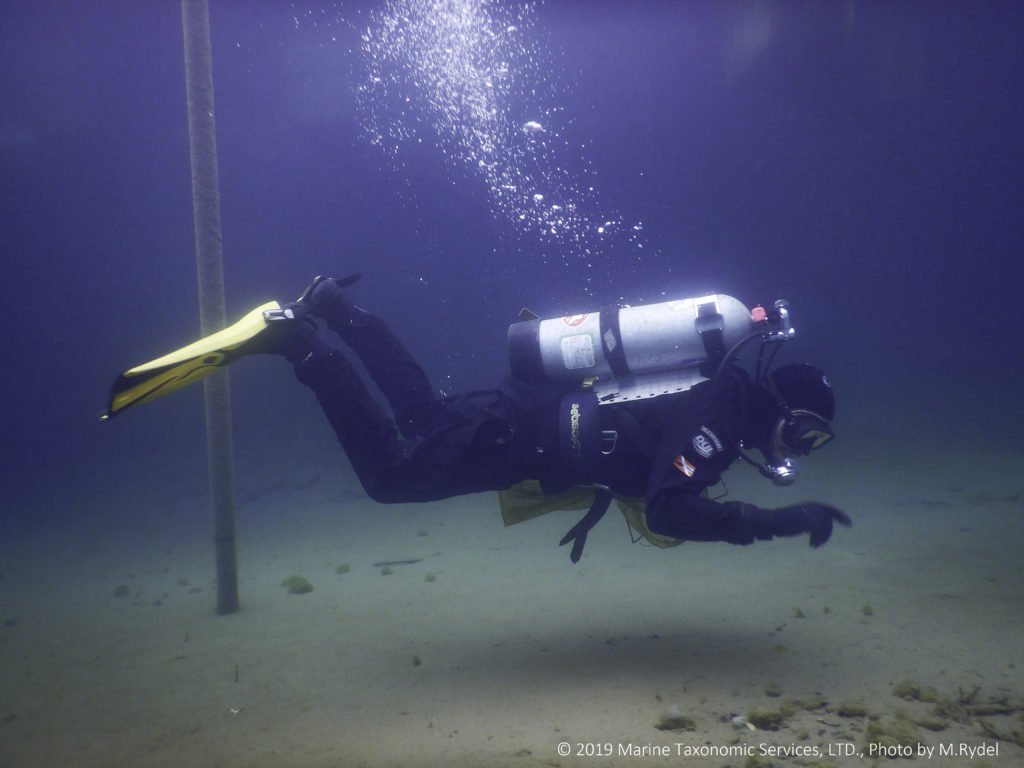Implementing Aquatic Invasive Plant (AIP) control can be difficult and carries the risk of further spreading infestations if done incorrectly. For that reason, Tahoe RCD recommends helping in the following ways.
Did you know that Eurasian watermilfoil and curly-leaf pondweed can reproduce through fragmentation? A single fragment can float to a new location and produce thick mats of vegetation in a relatively short time. Removing these fragments before they settle on the lake bed is a huge help to the efforts of AIP control implementers.
This action can be done when recreating at the lakeshore if detached fragments are observed. If you have access to a marina or another enclosed area where fragments are likely to collect, we highly recommend using a pool skimmer to remove fragments as frequently as possible.

Visual surveys are a useful way to help land managers stay informed about the extent and location of AIP infestations. Reporting observations through the Eyes on the Lake program is a great way to be involved.
Always be sure to decontaminate your personal watercraft and gear before entering a Lake Tahoe region waterbody. Watch the Tahoe Keepers video for more information.
If you own lakefront property or manage a marina and have had an aquatic plant infestation in the past, we recommend hiring a diver trained in AIP identification and removal to carry out an underwater survey once a year. If rooted plants are detected early, treatment is substantially easier and less expensive.

If you have questions about any of the items above, please reach out to us via phone or email!